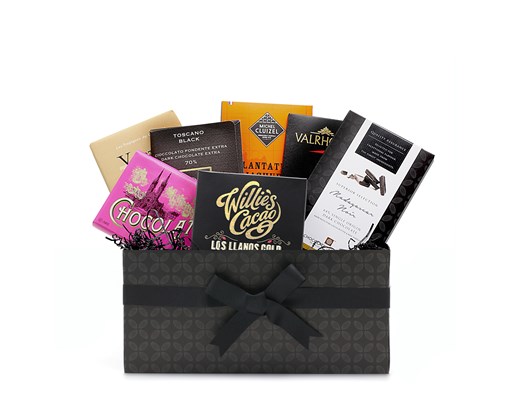History of chocolate
AUTHOR
Save on your favourite chocolates and brands from The Chocolate Trading Company!
Their discounted chocolate bundle offers are a great way of saving even more money off your favourite chocolates and brands. Many of their bundle offers include free postage and chocolates.
Claim the Offer
